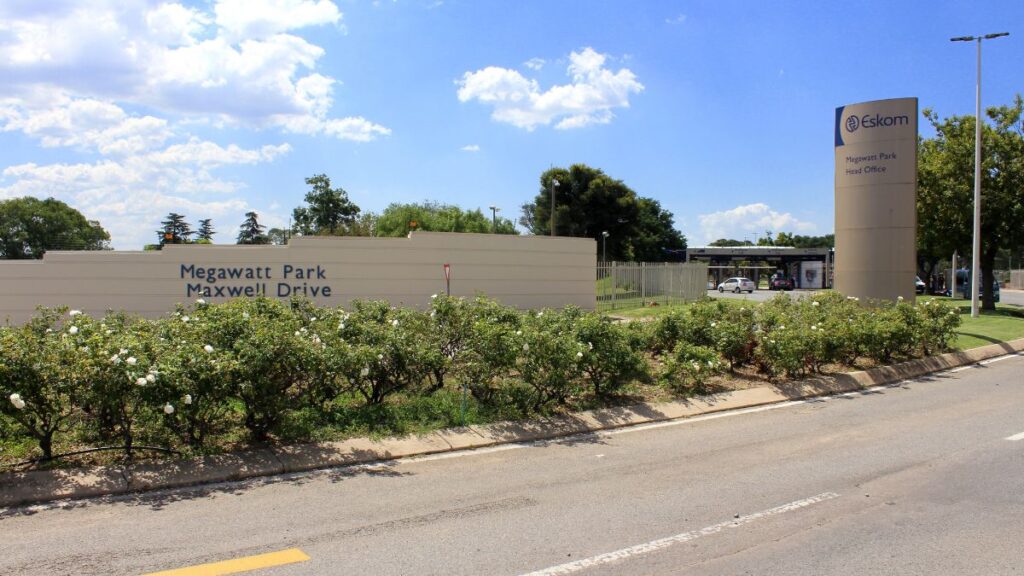No need for panic, says Eskom

Eskom has reassured South Africans that the country’s power system remains stable, despite a recent surge in unplanned outages that pushed the Unplanned Capacity Loss Factor (UCLF) above the critical 15,000MW mark.
This level of breakdowns is one that Eskom previously warned could trigger widespread load-shedding during winter.
However, the utility said the system is performing within manageable levels and load-shedding is not anticipated.
The average UCLF between 13 and 19 June 2025 reached 15,076MW, exceeding the 15,000MW threshold Eskom highlighted in its Winter Outlook as the level where stage 2 load-shedding could return.
This figure was 3,144MW higher than during the same period in 2024 and 2,076MW above Eskom’s base-case scenario of 13,000MW.
The utility attributed the rise mainly to delays in returning two major generating units, Medupi Unit 4 and Tutuka Unit 1, to service.
It also noted that unplanned outages accounted for 29.23% of generating capacity for the financial year to date, compared to 27.51% over the same time last year.
Despite this, Eskom said it had enough generation capacity to meet electricity demand, even during peak evening periods and cold winter conditions.
On Friday, 27 June, Eskom reported that breakdowns at its plants stood at 15,137MW, technically breaching the threshold at which load-shedding could be expected.
However, the utility said it had 30,703MW of available generation capacity, plus 720MW from Kusile Unit 6, giving it more than enough to meet the forecasted peak demand of 28,810MW.
Eskom has also clarified that changes in its reporting methodology have influenced the current UCLF figure, saying it does not reflect a genuine deterioration in performance.
“This figure reflects technical adjustments rather than a decline in performance,” said the power utility.
The adjustments explained

The utility highlighted that one factor influencing the reported UCLF is Medupi Unit 4 (800MW), which has been offline since 2021 and was added to the UCLF calculation on 1 June 2025.
It had previously been excluded due to its long-term recovery status. Another factor is Kusile Unit 6 (720MW), which has been reliably contributing to the grid since March 2025.
It has not yet been commercially declared and is therefore not included in available capacity figures. According to Eskom, these adjustments account for a 1,520MW swing in the reported data.
“In practical terms, the actual unavailable capacity due to unplanned outages was closer to 13,500MW, which remained within manageable levels,” Eskom said.
“Currently, the UCLF has further decreased to 12,500MW, including the 1,520MW adjustment.”
The utility said the Energy Availability Factor (EAF), a key measure of how much of its power generation fleet is operational, remains just above 60%.
Eskom added that reduced planned maintenance, which is typical for this time of year, has helped improve performance.
Eskom stressed that the Winter Outlook published on 5 May 2025 remains unchanged, stating that load-shedding is not expected if unplanned outages stay below 13,000MW.
If outages rise to 15,000MW, stage 2 load-shedding may be implemented, but only for a limited number of days.
“Since 15 May 2025, no load-shedding has been implemented, and only 26 hours of load-shedding were recorded in the first quarter of the financial year 2026,” the utility noted.
Eskom also addressed the use of diesel-powered generators, saying its diesel load factor currently stands at 11.3%.
“These generators are being used as intended, during peak periods, and usage is expected to decline further,” the company said.
Eskom reaffirmed its commitment to improving generation performance and said it continues to implement its Generation Recovery Plan.
“Further gains are expected as Medupi Unit 4 and Koeberg Unit 1 return online and Kusile Unit 6 moves toward full commercial operation,” it said.




















